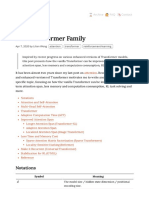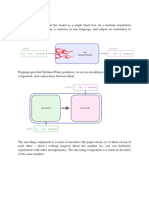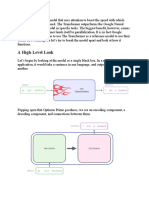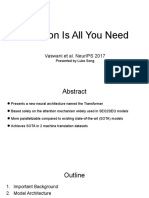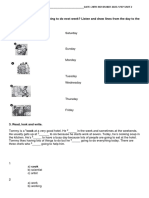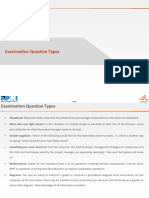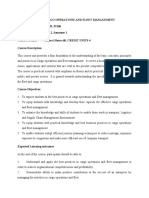0% found this document useful (0 votes)
14 views50 pagesCS414-Lesson 10.transformer and Applications
The document discusses the Transformer architecture in machine learning, focusing on its attention mechanisms and applications. It highlights the advantages of Transformers, such as minimizing path lengths for word interactions and maximizing parallel operations, which enhance efficiency in processing sequences. Additionally, it covers the self-attention mechanism, position representation, and multi-head attention to capture various relationships in data.
Uploaded by
Thành CôngCopyright
© © All Rights Reserved
We take content rights seriously. If you suspect this is your content, claim it here.
Available Formats
Download as PDF, TXT or read online on Scribd
0% found this document useful (0 votes)
14 views50 pagesCS414-Lesson 10.transformer and Applications
The document discusses the Transformer architecture in machine learning, focusing on its attention mechanisms and applications. It highlights the advantages of Transformers, such as minimizing path lengths for word interactions and maximizing parallel operations, which enhance efficiency in processing sequences. Additionally, it covers the self-attention mechanism, position representation, and multi-head attention to capture various relationships in data.
Uploaded by
Thành CôngCopyright
© © All Rights Reserved
We take content rights seriously. If you suspect this is your content, claim it here.
Available Formats
Download as PDF, TXT or read online on Scribd
/ 50
























